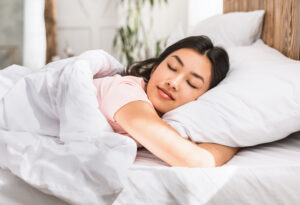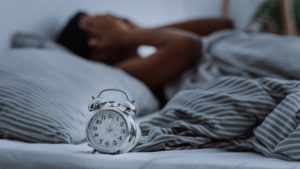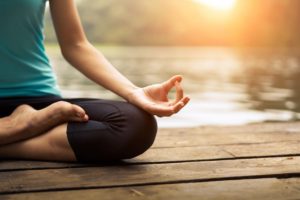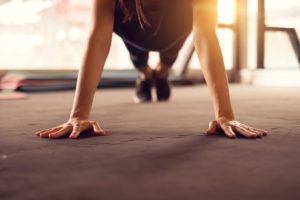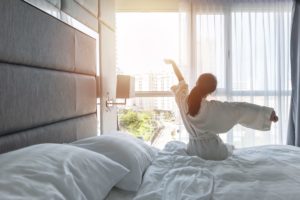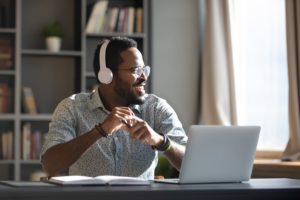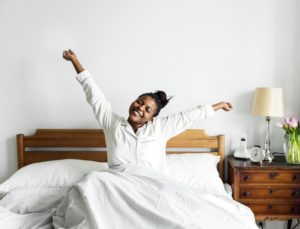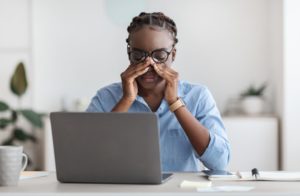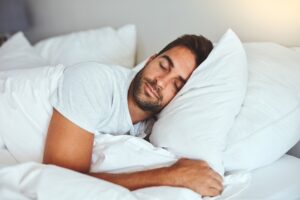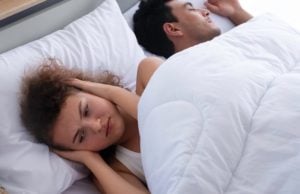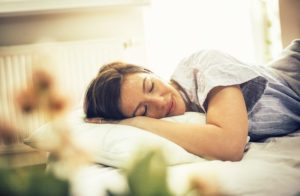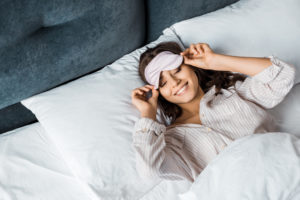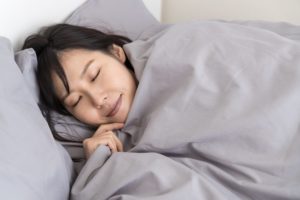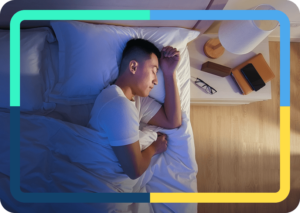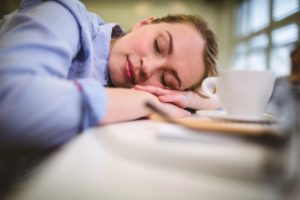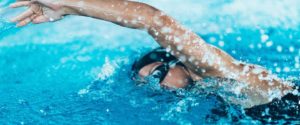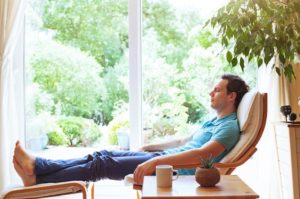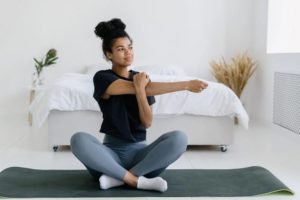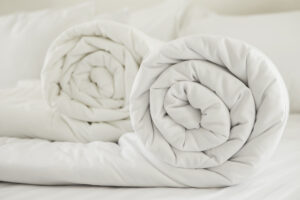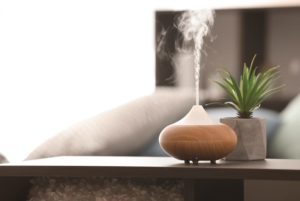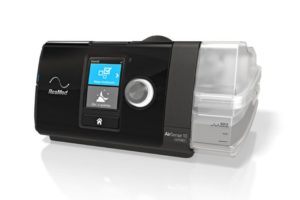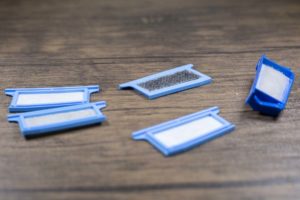What Is a NASA Nap: How to Power Nap Like an Astronaut
In 1995, the National Aeronautics and Space Administration (NASA) began exploring the power of naps as a strategy to keep pilots alert throughout a shift. They have since continued to study how power naps can boost work performance and alertness, which is why many people now refer to short naps as “NASA naps.”
What Is a NASA Nap?
The term “NASA nap” refers to a brief nap or power nap that is taken to optimize work performance. Often, people use the phrase NASA nap to specifically describe naps in the workplace .
The originally researched NASA nap involved giving pilots a 40-minute opportunity to take a nap during a flight while other pilots flew. Following an extensive study , NASA determined that the ideal nap length is 26 minutes to maximize its effects on job performance and alertness, and minimize the effects of sleep inertia, the dazed sluggish feeling commonly experienced from longer naps.
Struggling to Stay Awake? Take an At-Home Sleep Test

our partner at sleepdoctor.com
LAST CHANCE: 20% off Home Sleep Tests
Buy Now“Truly grateful for this home sleep test. Fair pricing and improved my sleep!”
Dawn G. – Verified Tester
What Are the Benefits of NASA Power Naps
The original 1995 NASA study found that pilots who napped for 26 minutes experienced up to a 54% increase in alertness and a 34% increase in performance on the job, compared to those who didn’t nap. Additionally, they experienced less sleepiness toward the ends of their flights, while the pilots who did not nap showed twice as much sleepiness.
In more recent studies unrelated to NASA, brief naps, also often called power naps, have continued to show benefits , including:
- Improved memory and creativity
- Decreased reaction time
- Better heart health
- Increased focus and concentration
- Lower blood pressure
Tips to Power Nap Like An Astronaut
There are a few strategies you can employ when taking a power nap.
- Keep Your Nap Short: Try to keep your nap under 30 minutes. To take a proper NASA nap, spend 6 minutes falling asleep and 26 minutes asleep, napping.
- Try consuming caffeine: Ingesting caffeine immediately before your power nap may provide an even greater energy boost than a nap alone.
- Find a sleep-friendly spot: It is easier to fall asleep in a space that is dark, quiet, and a temperature that you find comfortable. If you are sleeping in the workplace, this might be difficult. In the case that you do not have a dark, quiet place to sleep, earplugs and eye masks may help by blocking out potentially disruptive sound and light.

Still have questions? Ask our community!
Join our Sleep Care Community — a trusted hub of sleep health professionals, product specialists, and people just like you. Whether you need expert sleep advice for your insomnia or you’re searching for the perfect mattress, we’ve got you covered. Get personalized guidance from the experts who know sleep best.
References
2 Sources
-
Dutheil, F., Danini, B., Bagheri, R., Fantini, M. L., Pereira, B., Moustafa, F., Trousselard, M., & Navel, V. (2021). Effects of a short daytime nap on the cognitive performance: A systematic review and meta-analysis. International Journal of Environmental Research and Public Health, 18(19), 10212.
https://pubmed.ncbi.nlm.nih.gov/34639511/ -
Rosekind, M. R., Smith, R. M., Miller, D. L., Co, E. L., Gregory, , KB, Webbon, L. L., Gander, P. H., & Lebacqz, J. V. (1995). Alertness management: strategic naps in operational settings. Journal of sleep research, 4(S2), 62–66.
https://pubmed.ncbi.nlm.nih.gov/10607214/




